- How Meteorologists Predict Storms Using Satellite Data - October 3, 2025
- What Causes Rainbows And Why They’re Always Curved - October 1, 2025
- 3 Industries Face Crushing New Tariffs as Trade War Escalates - September 28, 2025
Florida Faces Insurance Chaos Despite Reform Efforts

Florida homeowners are dealing with devastating insurance costs that have reached historic heights. Miami-Dade homeowners saw premiums explode by 322% in 2024, followed by Jacksonville (+226%) and Tampa (+213%). Florida’s the highest at $15,460 on average as projected by Insurify, making it the most expensive state in the nation for home insurance. The state implemented reforms in 2024, but Citizens Property Insurance backlog of risk means statewide rate hikes of roughly 6–14% for 2025.
What makes Florida so expensive? Hurricane Helene (Cat 4) hit the Big Bend in late Sept. and Milton (Cat 3) hit the Panhandle in early Oct., causing tens of billions in damage with Munich Re estimating $56 billion total loss from Helene and $38 billion from Milton. The state’s geography makes it a sitting duck for massive storms year after year.
Louisiana Battles the Highest Insurance Rate Increases
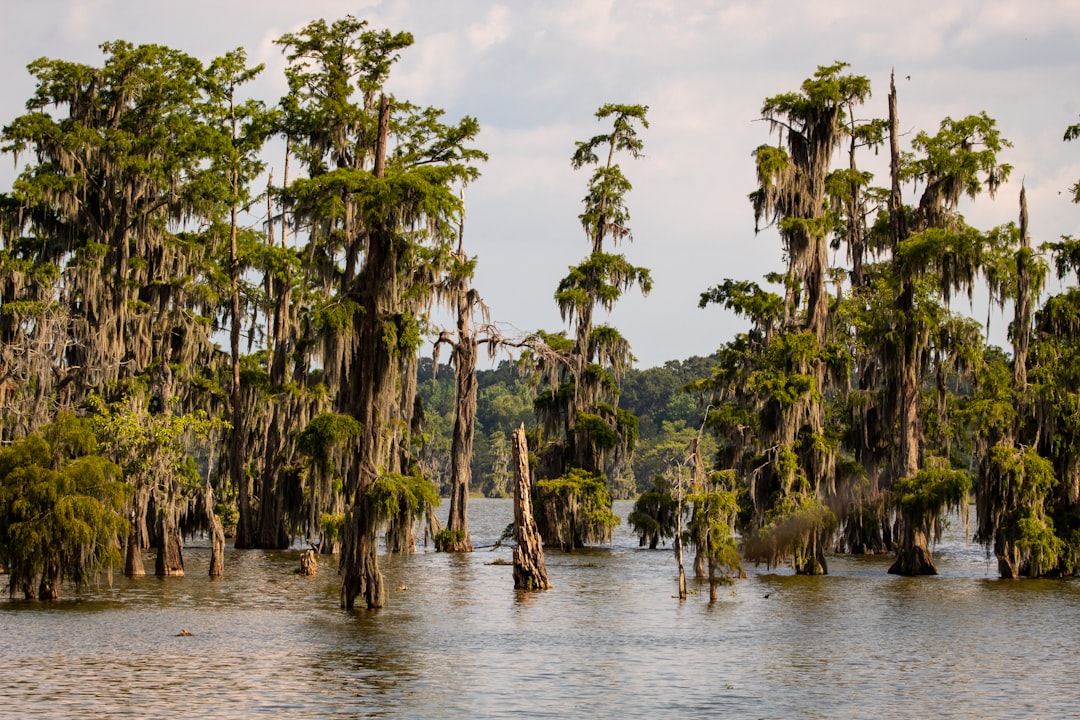
Louisiana is expected to report the most significant increase in the country, up 27 percent compared to last year, pushing average costs to nearly fourteen thousand dollars annually. Sixteen property insurers operating in the state have gone insolvent since 2017, and 16 have withdrawn from the state. This exodus has left homeowners scrambling for coverage in a state where natural disasters are becoming more frequent and severe.
The numbers tell a stark story about Louisiana’s insurance crisis. Louisiana has suffered more than $115 billion in hurricane-related damages since 2020, and for every $100 collected in premiums, insurers pay out $159 in claims. In 2024 alone, residents paid an average of $3,548 annually, with many turning to state-backed plans like Louisiana Citizens.
Oklahoma Tornadoes Drive Sky-High Premiums
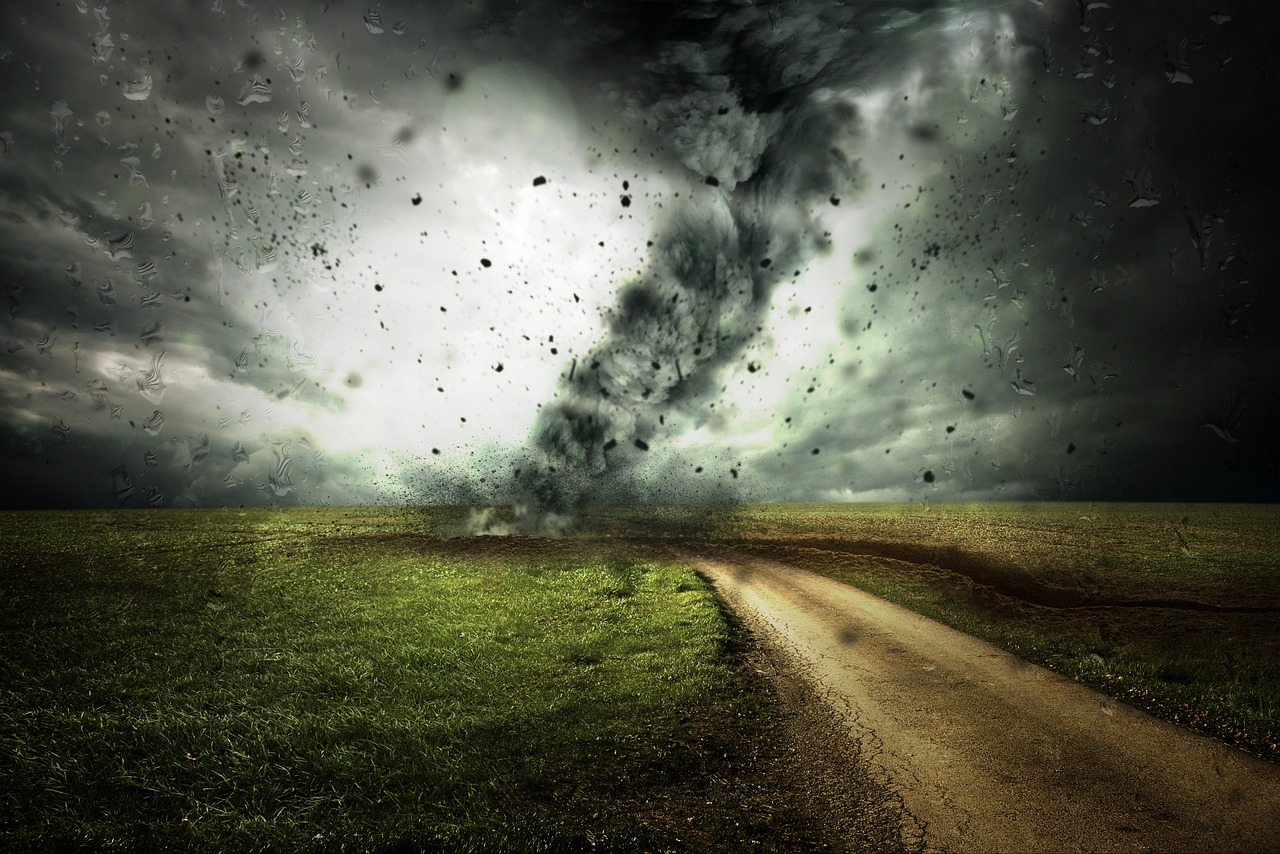
Oklahoma has the highest average cost of homeowners insurance in the U.S. at $5,858 per year, making it more expensive than many coastal states. Oklahoma has seen the risk of tornadoes, hail, and severe winds grow, with Farmers Insurance announcing non-renewals for 1,300 policyholders in the state. The state sits right in the heart of Tornado Alley, where violent storms can destroy entire neighborhoods in minutes.
Living in Oklahoma means constantly watching the sky during storm season. In 2024, Oklahoma residents paid an average of $5,858 per year for home insurance, one of the highest rates in the nation. These costs reflect the reality that when tornadoes hit, they don’t discriminate – they can level million-dollar homes just as easily as modest family houses.
Colorado’s Wildfire and Hail Double Whammy
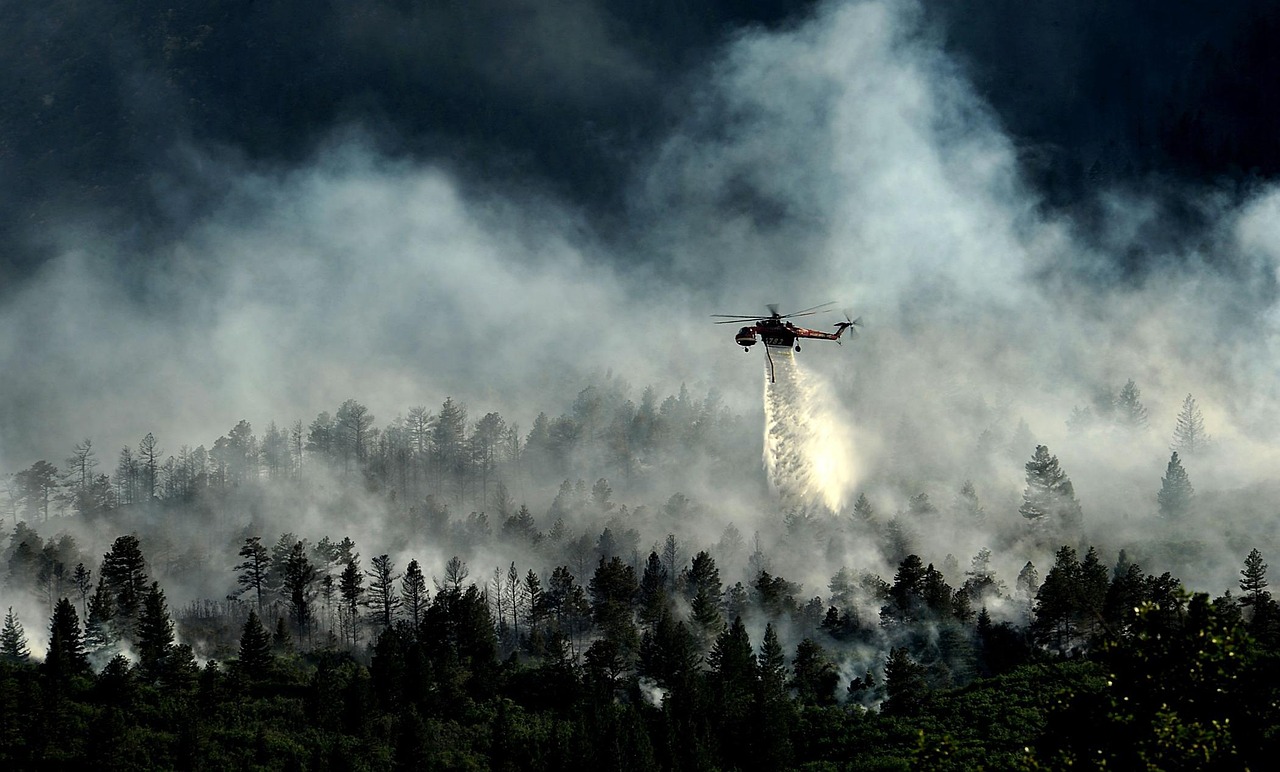
Colorado reported a hike of 76.6 percent between 2019 and 2024, representing one of the steepest increases in the nation. Colorado experienced 24 billion-dollar disaster events from 2019 through 2024, according to NOAA. The state faces a deadly combination of wildfire risk in the mountains and severe hailstorms on the plains that can destroy roofs and vehicles in a matter of minutes.
Colorado has suffered increased hail damage in recent years and will become one of the four most expensive states by the end of the year, with a projected average annual premium of $8,369. What used to be a relatively stable insurance market has transformed into one of the most volatile in the country.
Texas Faces Multiple Climate Threats
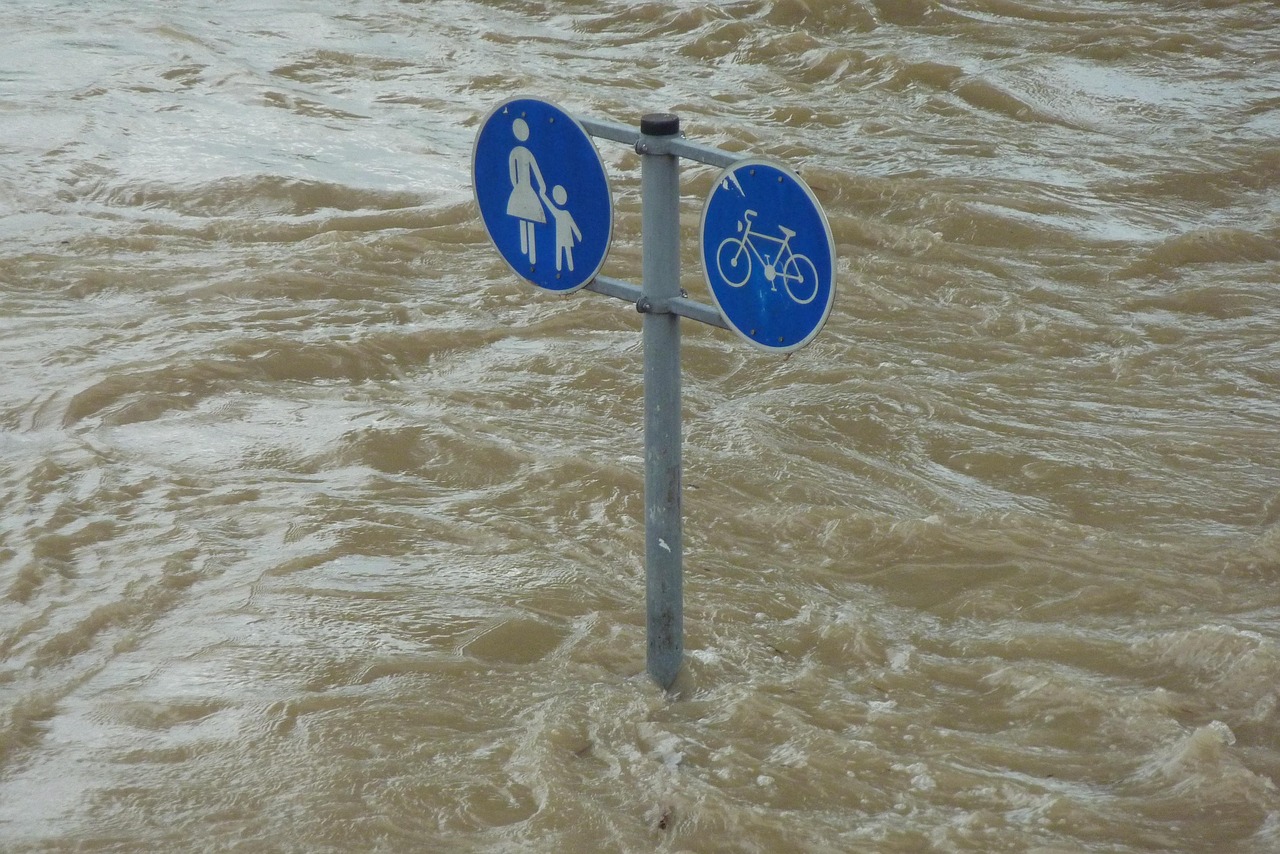
Texas continues to rank as one of the most climate-challenged states in the country, facing Category 3 and 4 hurricanes along the Gulf Coast to widespread drought and record-setting heat waves. Texas is expected to be the fifth-most expensive state with a projected annual average premium of $6,522. The state’s sheer size means it faces virtually every type of natural disaster imaginable.
Texas homeowners deal with a perfect storm of climate risks. Power grid instability has become a growing concern, particularly during extreme temperature events, and climate volatility has driven up insurance premiums with average rates nearing $3,851. From hurricanes on the coast to tornadoes in the north and wildfires in the west, there’s no escaping weather-related risks in the Lone Star State.
North Carolina Insurers Start Their Retreat
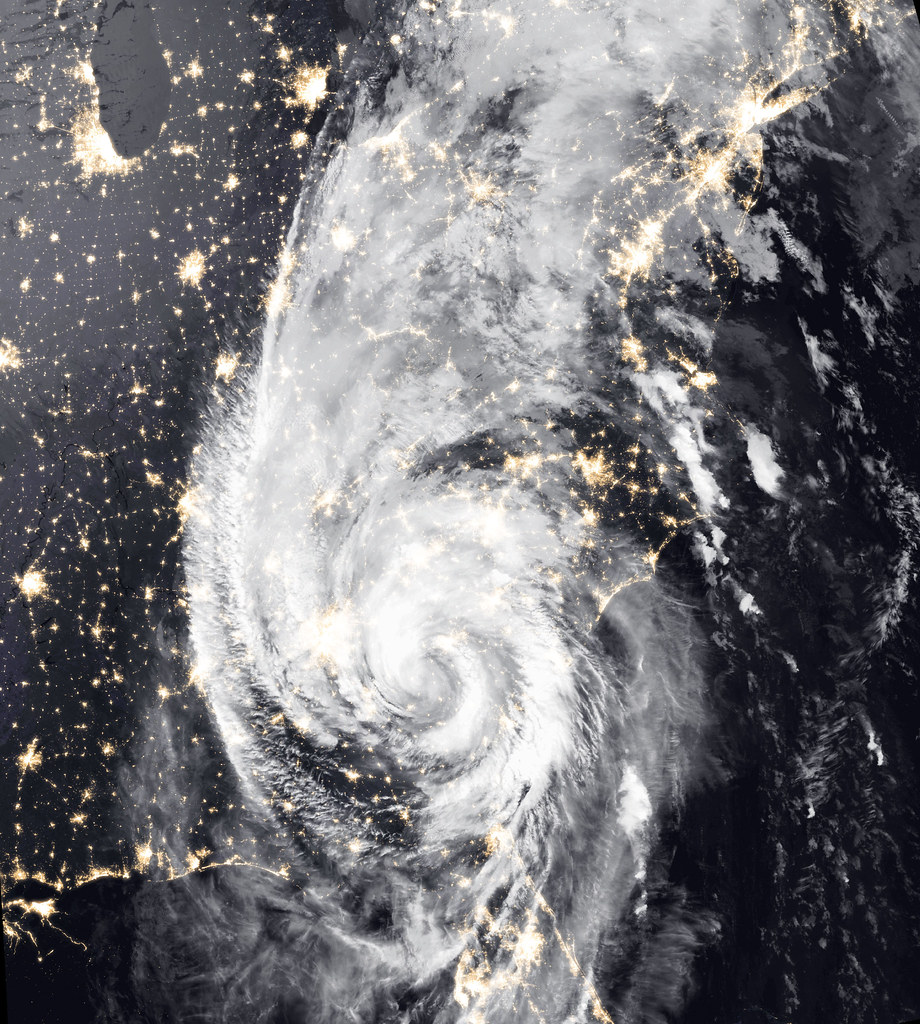
Insurance firm Nationwide last year did not renew around 10,000 policies in parts of North Carolina due in part to risks posed by climate change and hurricanes. North Carolina’s rate bureau proposed an average increase of 42% in homeowners insurance rates this year – with a high of 99% in some areas. This represents an alarming trend as insurers begin pulling back from states previously considered lower risk.
The writing is on the wall for North Carolina homeowners. As of May 2024, the average annual premium for a home with $300,000 dwelling coverage was $2,535 in North Carolina, well above the national average of $2,151. Hurricane damage along the coast combined with inland flooding is making the state too risky for many insurance companies to handle profitably.
Nebraska and Montana Lead Rate Increases
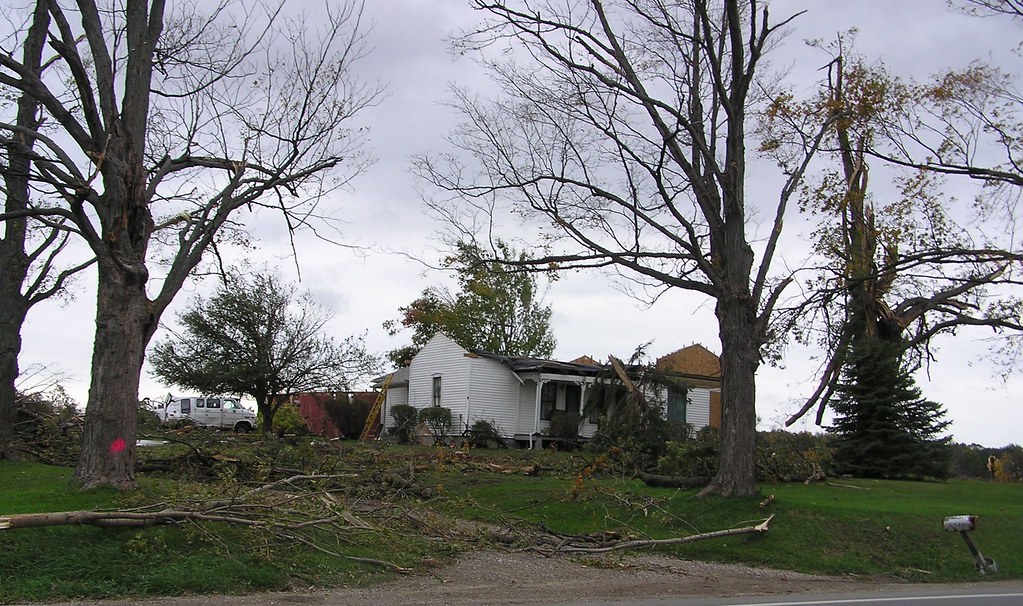
The states with the biggest increases in 2024 were Montana and Nebraska, both at 22.1%. These aren’t coastal states dealing with hurricanes, but they’re facing their own climate challenges that are hammering homeowners. Nebraska recorded its highest number of tornadoes in 20 years, suffering $15 million in property damage in 2024 alone.
Nebraska experienced 25 billion-dollar disasters from 2019 through 2024, proving that extreme weather isn’t limited to traditionally high-risk areas. Nebraska is the only other state where home insurance costs more than double the U.S. average at $5,912, second only to Oklahoma.
California’s Wildfire Insurance Nightmare
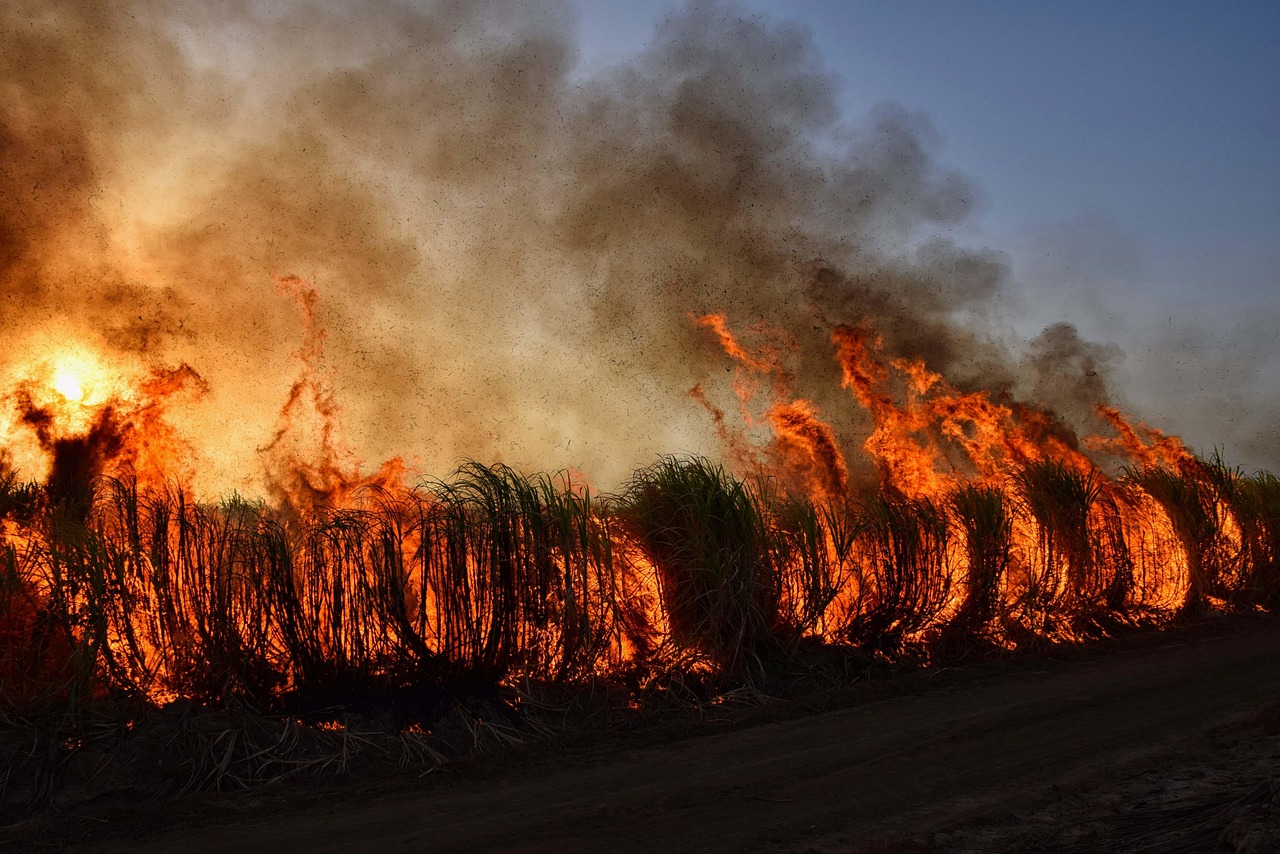
The insured losses from L.A. wildfires may cost more than $20 billion, according to estimates by JPMorgan and Wells Fargo. In 2024, some insurance companies in the state hiked rates as much as 34%, and that was before the devastating Los Angeles fires of 2025. Major insurers have been fleeing the state for years, leaving homeowners with limited and expensive options.
The Golden State’s insurance market is in complete chaos. State Farm won state approval in May for a 17% emergency rate hike, but the company had sought a 30% increase and has already petitioned state regulators to approve the remaining 13%. Homeowners who can find coverage are paying through the nose for it, and many are going without insurance entirely.
Iowa Faces Severe Weather Reality Check
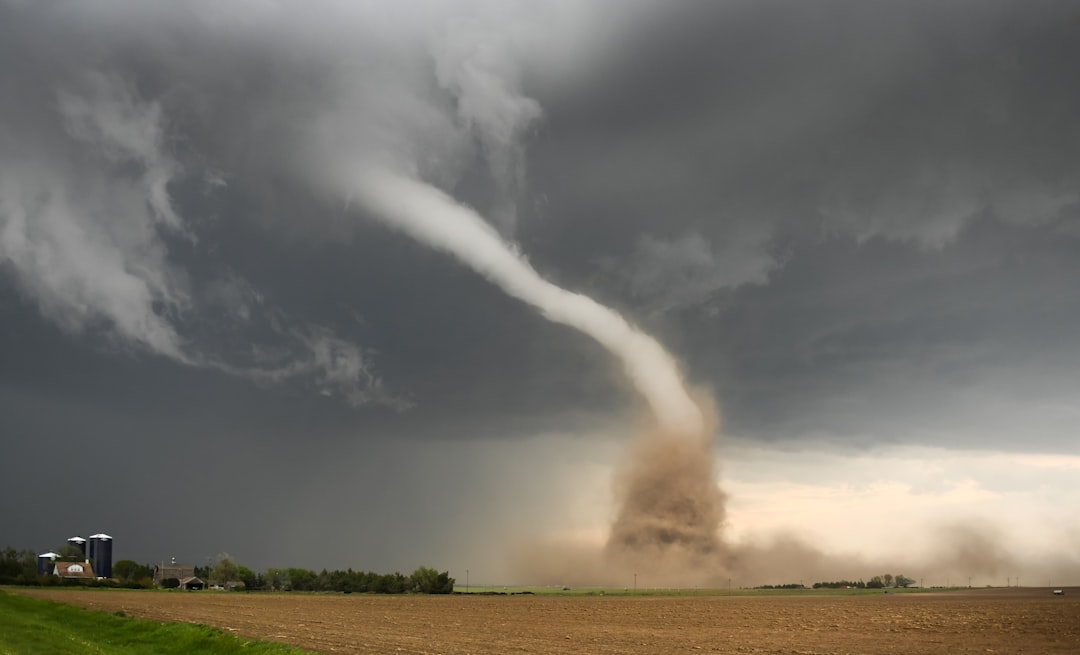
In Iowa, vulnerable to hail, flooding, and strong winds, insurers pay out $122 claims for every $100 collected in premiums. This unsustainable math explains why Iowa is looking at double-digit increases despite being far from any ocean. The state’s agricultural landscape offers little protection from severe thunderstorms that can produce baseball-sized hail and damaging winds.
Iowa’s insurance struggles highlight how climate change is affecting every corner of America. What was once considered a stable, low-risk state is now dealing with weather patterns that make insurance companies nervous about their bottom line.
The Silver Lining States – Vermont Leads the Way
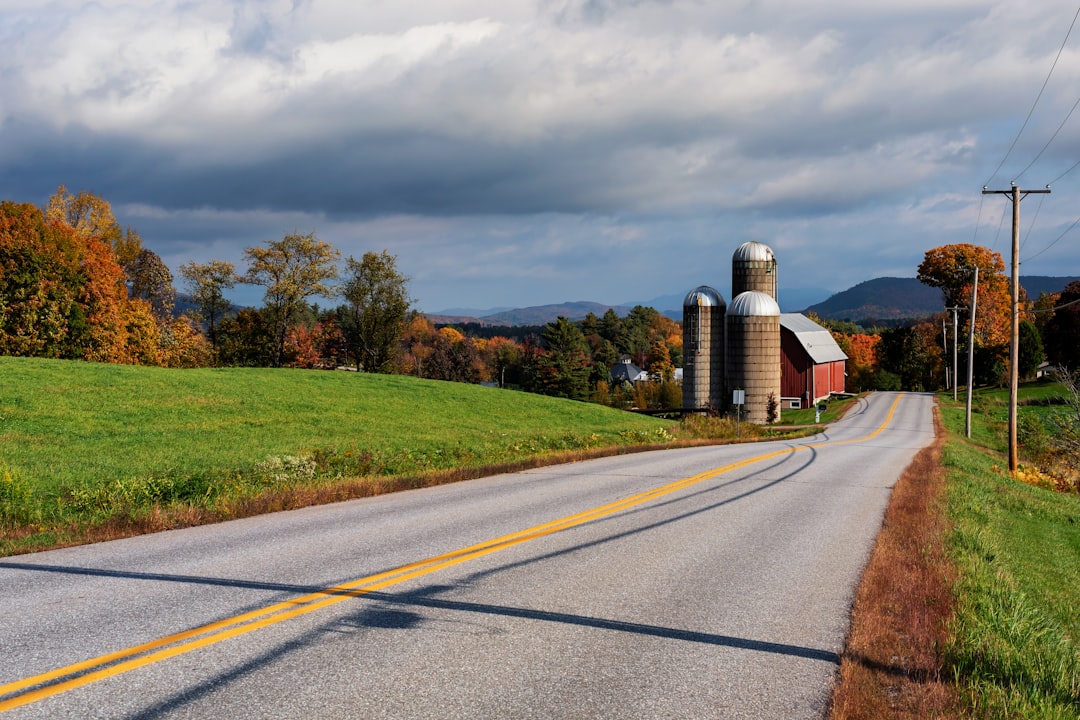
Vermont has the nation’s lowest home insurance rates, with an average price of $954 per year, less than half the national average and 11 times less expensive than Florida’s average rate. Vermont is the best state for climate change thanks to its climate profile that avoids extremes and has only experienced 45 federally declared natural disasters since 1953. The Green Mountain State proves that geography still matters when it comes to climate risk.
Major disasters are relatively infrequent in Vermont – only four over the past five years, which means lower expenses for insurers and the third-lowest loss ratio in the country at 45.2. It’s not completely immune to climate change, but Vermont offers a glimpse of what stable insurance markets look like.
Maine’s Geography Provides Natural Protection
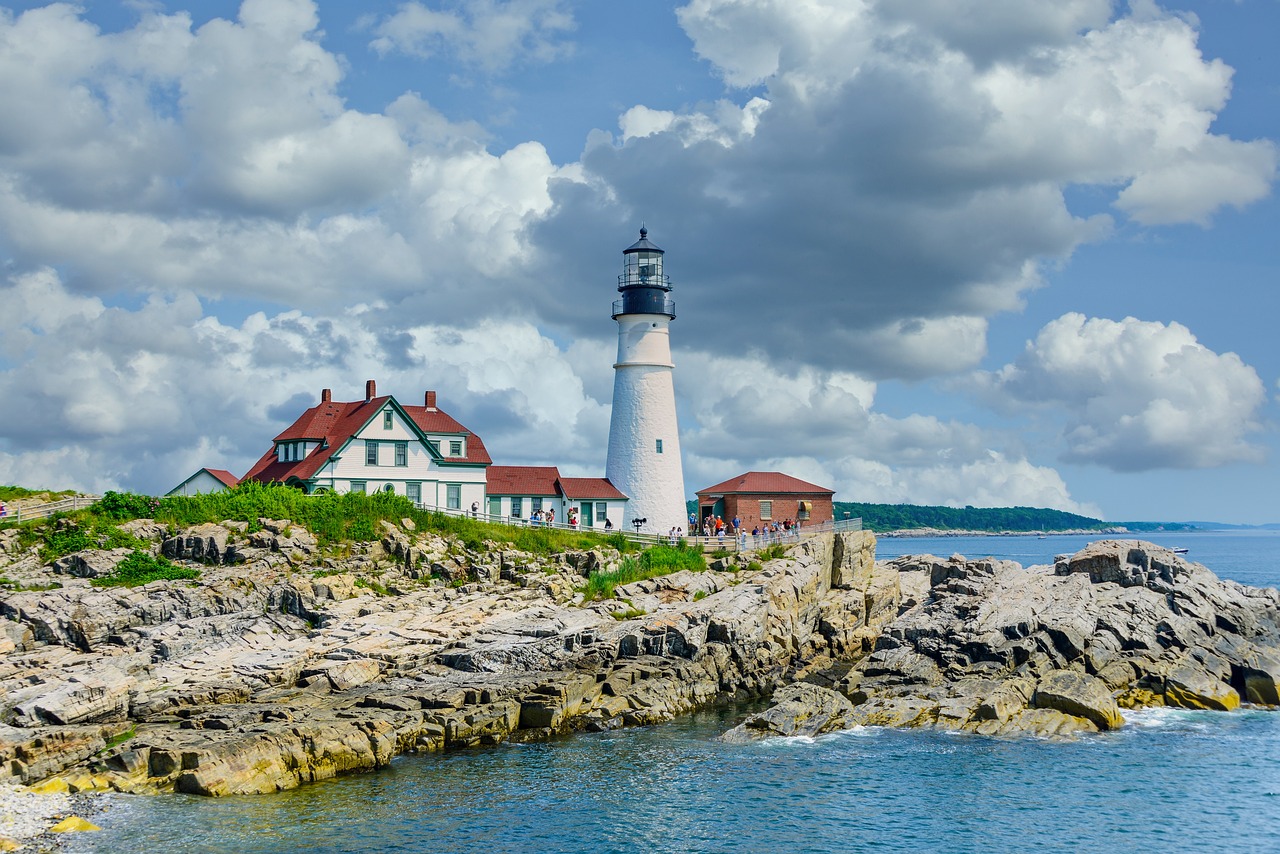
Maine is the least susceptible state to climate-driven insurance spikes, earning the highest score in Insurify’s Home Insurance Climate Stability Index. Unlike most states, home insurance became more affordable for Mainers in 2024, as the average rate declined by 4%. The state’s northern location and rocky coastline provide natural buffers against the worst climate impacts.
Maine’s geography protects it from excessive natural disasters, including tropical cyclones, which rely on warm water and tend to cool and lose strength by the time they’ve reached Maine. The state has the second-lowest average loss ratio, at 43.3 — about 35% less than the national average and a quarter of Louisiana’s ratio.
New Hampshire and Delaware Round Out Safe Havens
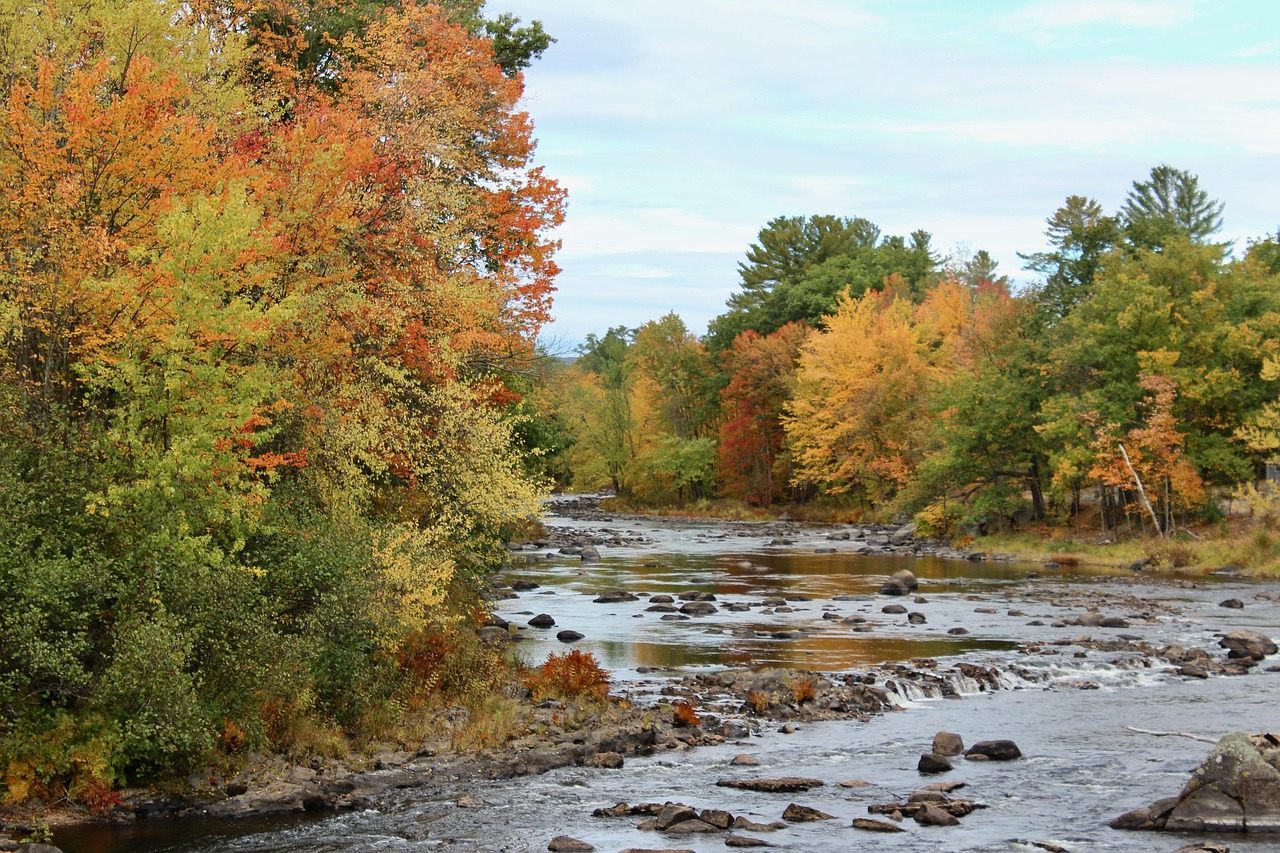
New Hampshire offers an ideal balance of scenic living, four true seasons, and lower climate exposure than much of the U.S., seeing fewer severe weather events, particularly wildfires, flooding, and heat-related emergencies. Despite being a heavily forested state, the wet New England climate makes it harder for wildfires to start, and the state’s forests put it at lower risk of costly droughts.
The average home insurance rate in Delaware is $1,254 per year, less than half the national average. Only Alaska, New Hampshire, and D.C. have incurred fewer damages than Delaware over the past five years. These states represent islands of stability in an increasingly chaotic insurance landscape.
What This Means for Your Future
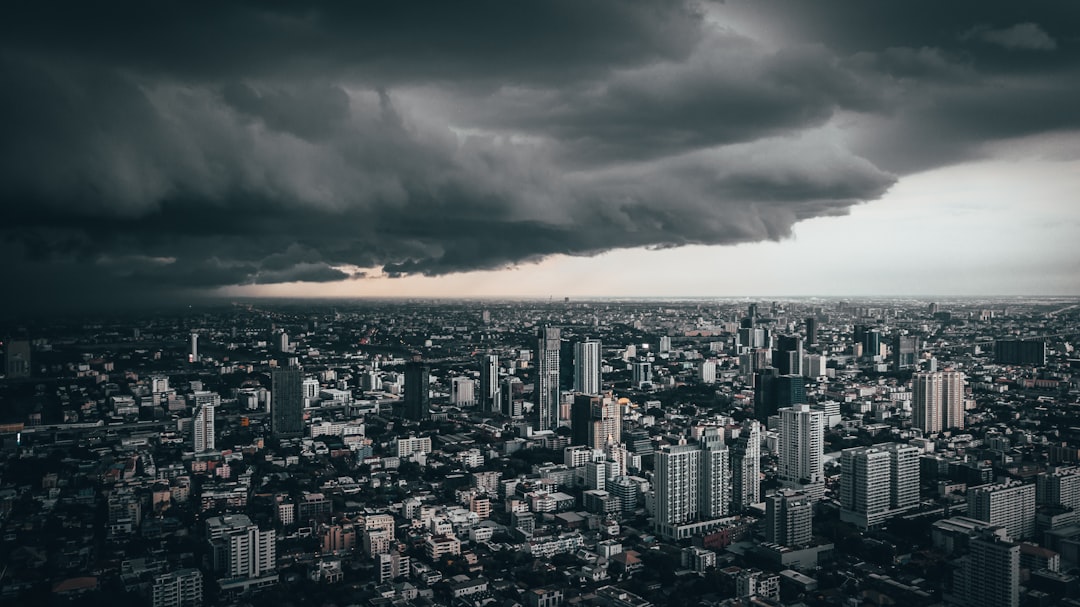
Consumers living in the 20 percent of ZIP Codes with the highest expected annual losses from climate-related perils paid $2,321 in premiums on average, 82 percent more than those in the lowest climate-risk ZIP Codes. Climate-exposed households will face $700 higher annual premiums by 2053. The gap between high-risk and low-risk areas is only going to widen as climate change accelerates.
Between 2021 and 2024, homeowners insurance rates rose 27% nationally, but this is just the beginning. The average annual premium in the 10 most climate-stable states is 3.5 times less expensive than it is in the 10 least stable states. These aren’t temporary spikes – they represent the new reality of living with climate change in America.
The insurance crisis gripping America isn’t just about money – it’s about the fundamental question of where it’s safe to live in a changing climate. While states like Vermont and Maine offer refuge from the worst impacts, millions of Americans in high-risk areas face an impossible choice between staying put and paying crushing insurance costs or leaving behind everything they know. As extreme weather becomes the norm rather than the exception, the gap between America’s climate winners and losers will only grow wider. The question isn’t whether your state will be affected by rising insurance costs – it’s how soon and how severely the bill will come due.
